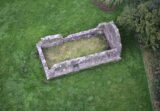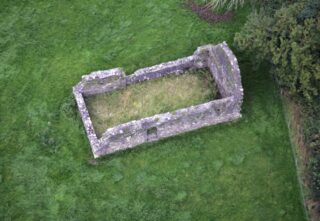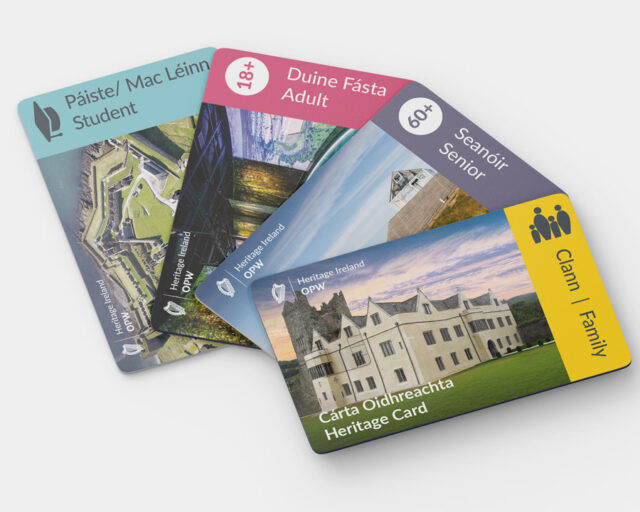Ballynoran Church
A church that was once likely under the patronage of the powerful Ormond family
Unguided sitesNotice
Ballynoran Church is a state-owned National Monument in the care of the Office of Public Works
WARNING: It should be noted that these sites are unguided and a level of care and caution should be maintained during all stages of your visit. The Office Of Public Works (OPW) will not be held responsible for any damages, injuries, or losses that occur
Ballynoran Church
On the north bank of the River Suir, 5 kilometres from Carrick-on-Suir in South Tipperary, lies Ballynoran Church (Irish: Báile an Fhuaráin, meaning Home of the Spring). The hill on which the church stands would have been known as Ard Colm (Height of the Doves), and is alternately referred to as Ardcolme in the Papal Taxations of 1306 and Ardcolum in the Down Survey of 1654. This became anglicised as Dovehill by which the townland is also called. While the date and year of its foundation is unclear, Ballynoran Church would have been founded by Augustinians and was used by them until The Dissolution of the Monasteries during the Protestant Reformation in the mid-late 16th century.
In the past this area would have been far boggier prior to drainage and the diverting of rivers in later centuries; the church at Ballynoran would have catered to an isolated community in the countryside. The structure is dated to the Norman period and, given its proximity to Carrick-on-Suir (meaning Rock of the Suir), it probably enjoyed the patronage of the powerful and wealthy Butler family of Ormond as history progressed. An older name for the town is Carraig Mac Ghriffín which refers to the Cambro-Norman FitzGriffin family who had arrived on the island where the town was developed prior to the Butlers by at least 1247. It may well have been the case that the FitzGriffins were the original benefactors of the church. While Edmund le Bottiler was created Earl of Carrick in 1315 (later Earl of Ormond) it was not until 1447 that Edmund Mac Richard Butler of Polestown actually financed the development of a bridge connecting Carrick to land across the estuary; bridges would have better connected the various rural communities like Ballynoran at this time.
The Butlers became ardent supporters of the Protestant or Anglican Church at the time of the Reformation. It is not known whether or not the Dissolution of the Monasteries during the reign of Henry VIII led to any real desecration of the church, yet, as it fell under the jurisdiction of the Diocese of Waterford and Lismore, it would have officially transitioned from the Catholic to the Anglican communion at this time. The current ruined state of the monument can instead be traced to the later Cromwellian Conquest of Ireland in the 17th century and probably occurred after Parliamentarian forces captured Carrick-on-Suir in 1649.
The remains of the western and eastern walls have fallen but the northern and southern church walls stand to a full height of 4.8metres. The church is entered through a doorway at the western end of the southern wall; part of the western door jamb survives, as does part of the drawbar socket on the opposite side. The church is surrounded by a graveyard which has many tombstones from the 18th and 19th centuries. The earliest grave marker is a cross-inscribed graveslab marking the burial place of Thomas Dore which is dated to 1633 and has both Latin and English inscriptions.
Visit Historic Environment Viewer for more information on Ballynoran Church
Protect our Past - Click here to read about the importance of protecting our country’s unique heritage sites
This national monument is protected in accordance with the National Monuments Acts 1930 to 2014
Gallery
Nearby sites to visit
The Main Guard
A courthouse with centuries of history under its arches
Approx. 26.4 km from Ballynoran Church
Annes Grove Gardens
A horticultural paradise in north Cork
Approx. 29.8 km from Ballynoran Church
Doneraile Court and Estate
North Cork’s ‘real-life Downton Abbey’
Approx. 35.9 km from Ballynoran Church


